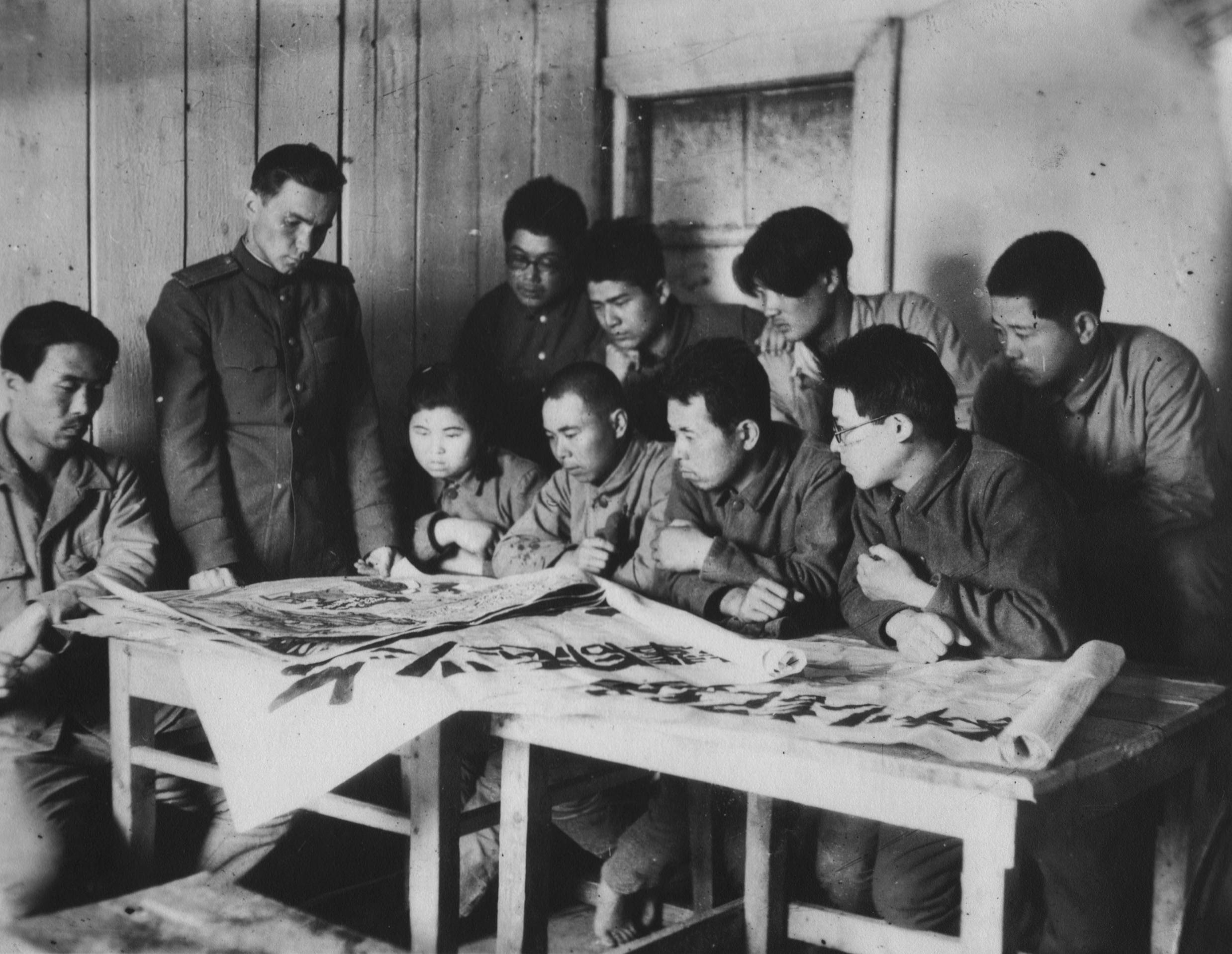The Soviet Union declared war on Japan on Aug. 8, 1945. Within 24 hours, the Red Army was bulldozing its way into Manchuria, a vast region in China’s northeast that had been a Japanese colony since 1931. To Japanese authorities, the shock was vicious. By then, the Kwantung Army had been reduced to a shadow of its former self, its ranks depleted by repeated requests to send reinforcements to face the Americans in the Pacific. Resistance was shambolic and soon turned into a rout. A week later, Japan surrendered. The Second World War was finally over.
For countless Japanese soldiers and civilians still stuck in Manchuria, however, another nightmare was about to begin: On Aug. 23, Joseph Stalin ordered that half a million of those “physically fit to work in the conditions of the Far East and Siberia” be transported to the Soviet Union and deployed across 2,000-odd work camps. Most ended up in locations east of the Urals, but a few were sent as far away as the suburbs of Leningrad. Before long, they were put to work under brutal conditions, to rebuild Soviet infrastructure and industry. The majority — and the lucky ones — were repatriated before the end of the decade, but hundreds were compelled to stay until 1956. Tens of thousands never made it home, including the son of former Prime Minister Konoe Fumimaro.



















With your current subscription plan you can comment on stories. However, before writing your first comment, please create a display name in the Profile section of your subscriber account page.